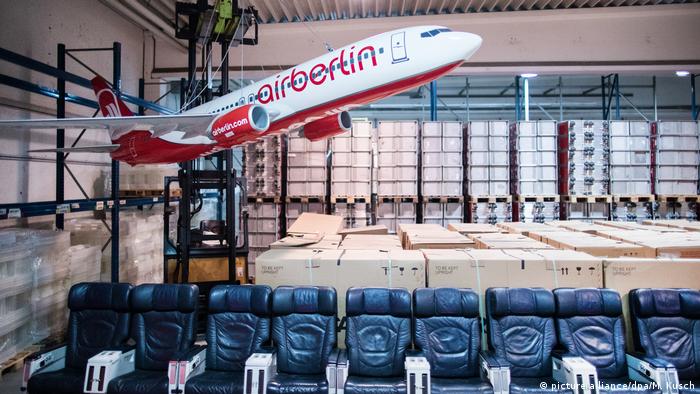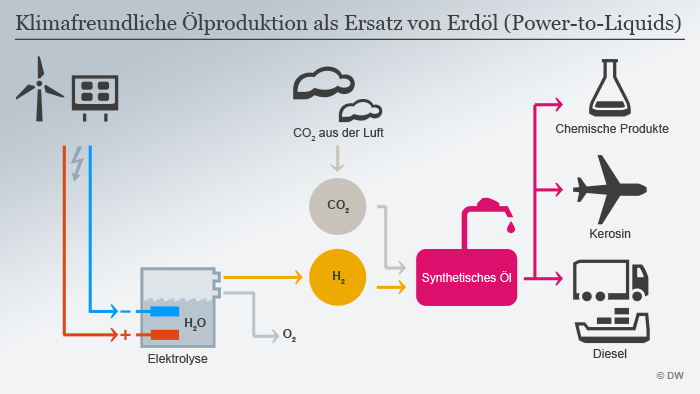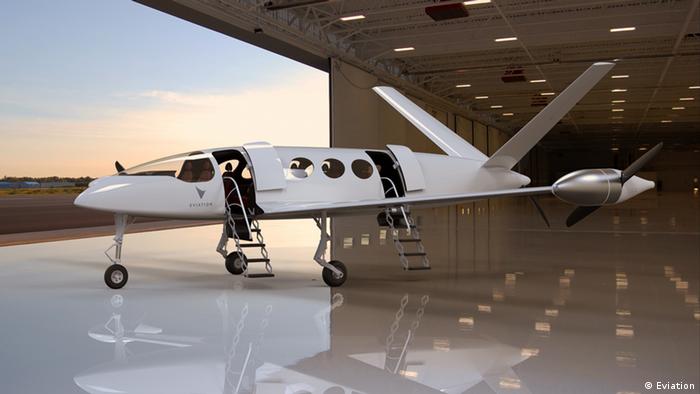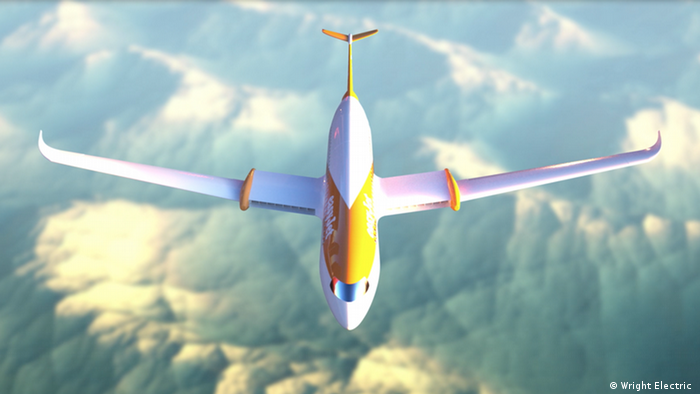A “penalty tax” for flights under € 50, – for CSU land group chief Dobrindt advertises. In fact, Tickets of low-cost carriers cost far more than the quotes suggest. And the tax Problem is a different one.

The list of the ten biggest CO2 polluters in Europe carries on the first nine places, no Surprises: brown coal-fired power plant follows on from brown coal-fired power plant; seven of the climate are most harmful plants are in Germany. On the tenth place, no power, however, follows the producers, but Europe’s second-biggest airline, Ryanair. With two intra-European flight in a year, one has to travel more than half of the 2.7 tonnes of CO2, according to the Scientific Advisory Board of the Federal government, the maximum acceptable annual budget per capita. Ironically, Ryanair carries with dirt cheap prices to a considerable extent, in Europe and worldwide, so many people are opting for the plane.
The members of the CSU in the German Bundestag want to have to do now, apparently, against the “Fight price” of the lift low-cost Airlines: “Nine-Euro-Tickets for flights in Europe, neither the market economy nor with climate protection a little,” said group leader Alexander Dobrindt the “image”-newspaper. Flight tickets under 50 euros, therefore, a “criminal should be tax” due. The coming of such a tax, indeed, is excluded – but nevertheless, the question arises: Is the era of cheap flights now over?
Tickets are already become more expensive
Historically, the cheap Airlines are a product of the EU, which allowed from 1987, the European air traffic in several steps liberalised and private providers entry into the competition. Over the years consumers have got used to low prices that were at least catch a glimpse of when there is sufficient flow and flexibility. Since a couple of years, the air in the competitive low-cost airline market is increasingly thinner. Airlines such as Air Berlin, Germania, or last WOW Air could not eventually compete.

2018 the inventory of the bankrupt Air Berlin has been auctioned
The Tickets had become more expensive, said Frank Fichert, Professor for tourism and transport at the University of Worms. “The idea that since everyone is flying for 9,99 Euro, is wrong,” he says in a DW interview. “The price of some of the very few, and also the numbers might be for the return flight paid significantly more.” At such rates it is usually a small contingent that is funded by much more expensive tickets cross. For Ryanair, the average price per flight deck at 40 Euro; in the cut also additional booked services such as Luggage charges, seat reservations, in the amount of 15 Euro per line. “If you fly with Ryanair and back again, then you have to pay on average 110 euros,” calculates Fichert.
“We must not forget that these 9,99 Euro rates as of each decoy-offer a strong advertising effect,” says the aviation expert. “You know, Ryanair has from time to time offers for 9,99 Euro, finds itself just one for 29.99 and posts it anyway.” The closer the departure gets, the higher the prices are.
Flights taxing – but how?
In flight operation, very high fixed costs, including for the aircraft, personnel and fuel. Therefore, Airlines can only operate profitably if the machines are reasonably well utilized. Per-head costs such as airport charges according to the Fichert, only a small proportion of the ticket price. Germany also levies a tax of 7.38 euros, to 41,49, Euro on longer routes.

Here by cruise ship, by plane: “over tourism” thanks to cheap Tickets is not just in Venice a Problem
In the case of domestic flights in Germany 19% VAT is added. Flights abroad are not exempt: Because air travel is primarily an international business, it has been difficult for the Treasury to raise taxes to a reasonable amount, so that Airlines have no location disadvantages. If Germany would rise in value added tax on international flights, then airports would be at a disadvantage with flights towards Amsterdam, London or Brussels: “There is a relatively strong alternative effect would occur,” says Fichert.
Also Europe-wide taxes, the more value will always be at a disadvantage for individual States, because the rates vary from country to country. Instead, it is already for a long time, a Europe-wide tax on aviation fuel, and also by the EU-Commission already examined. However, the principle of Unanimity applies in the case of tax matters in the Council of Europe and the countries on the Mediterranean sea would have every reason to avoid the tax: “Greece says aviation expert Fichert in the competition for Turkey as a destination country for tourists”. “Which would have tax revenue, but also a shift of tourist flows.”

Therefore, the tourism Professor holds a “coalition of the willing” is more likely: “at The Moment some European countries to bring forward initiatives, in particular the Netherlands, France, but also Sweden.” On the basis of bilateral agreements with such countries could introduce a tax on Kerosene together – however, this would only be effective if at least some of the countries with the highest air travel volumes, so also in Germany, on Board would be.
The Greta-question: flying and climate
A tax and, therefore, higher prices would be a tool to let the negative impact of air transport for the climate to rise even further. The aviation industry is growing considerably around the world, starting in 2020, you want to make your further growth in a climate-neutral. Electric aircraft, renewable fuels, or “Power to Liquid”process, in which power consumption of synthetic fuel to be produced, however, are only in an early stage.
To substances, In the absence of market-ready Alternatives to fossil fuels this is not done, however, for the time being, mainly through CO2 compensations, says Fichert. This means that the Airlines pay into a Fund, with the forests, reforested, renewable energy, expanded or has been found to be already implemented measures. To such projects to contribute to climate protection effect, it takes a lot of time in the concentration of CO2 in the atmosphere with each flight increases.
It also Dobrindt would advance to a penalty tax for cheap prices little change. For Frank Fichert, he is hardly enforceable and: “It does not fit in a market economy, companies require certain prices”.
Anyway, it is questionable whether he will ever be discussed seriously: the Case of the SPD, he is regarded as a “step in the right direction”. Otherwise, he was criticised, even from Dobrindts own party. From the CSU-led Ministry of transport, it was, you had to wait prior to the design of instruments only in the discussion. After all: “The Federal transport Minister don’t want the wins fly Cheap,” said a spokesman for Minister Andreas Scheuer.





